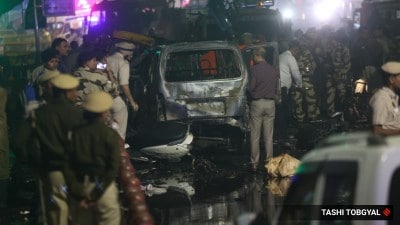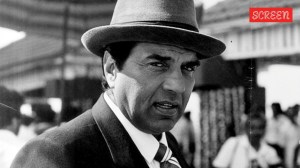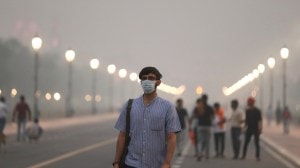Explained: Turnout still awaited, what went into conducting Punjab’s elections?
The forms are submitted at the collection centres in the Assembly constituencies, where they are scrutinised for inconsistencies, if any. Data recorded in figures are checked against words.
 Women wearing masks as a precaution against COVID-19 await to cast their votes for the Punjab State Assembly elections on the outskirts of Amritsar, India, Sunday, Feb. 20, 2022. (AP)
Women wearing masks as a precaution against COVID-19 await to cast their votes for the Punjab State Assembly elections on the outskirts of Amritsar, India, Sunday, Feb. 20, 2022. (AP)Over 24 hours after polls closed in Punjab at 6 pm on Sunday (February 20), the final data on voter turnouts remain awaited. How do election officials reach a definite figure on what percentage of electors cast their vote? Why is the announcement of official figures delayed?
What safeguards exist to ensure accurate tabulation of data?
According to Punjab Chief Electoral Officer (CEO) S Karuna Raju, the primary responsibility of collecting voting data lies with polling stations. Information on polling is filled in several forms, in which numbers are written in both figures and words.
The forms are submitted at the collection centres in the Assembly constituencies, where they are scrutinised for inconsistencies, if any. Data recorded in figures are checked against words.
The constituencies submit the forms to district centres, where they are checked again for errors. Thereafter, the data are sent to the office of the CEO, where they are scrutinised once again before being finally submitted to the Election Commission (EC).
The forms are filled in at the levels of the polling stations and assembly constituencies. “These forms are checked at every level before being sent to the EC. There is data entry of figures, manual entry, and then rechecking is done of all the statutory papers,” the CEO said. The entire process involves a lot of documentation, even though the polling itself takes place through electronic voting machines.
How many people are typically involved in conducting an election like the one that was held in Punjab on Sunday?
More than 2.5 lakh personnel were involved in the conduct of Assembly polls in the state. “Staff are assigned to polling stations in randomly picked teams. This is done deliberately, so that the polling staff are not in familiar surroundings,” Raju said.
Polling staff do not know their destination until the last minute. Procedures such as collecting or replacing election material are accompanied by elaborate documentation, and a lot of paperwork, he said.
Four personnel are assigned to every polling booth — a presiding officer, an assistant presiding officer, and poll officers 1 and 2. There are security personnel, and ASHA and Anganwadi workers who escort persons with disabilities and senior citizens. “I especially thanked chowkidars, ASHA workers, and Anganwadi workers after the conclusion of polling. They work at the ground level to make the polling process smooth for the voters,” the CEO said.
But why did Punjab still see a smaller share of the electorate coming out to vote compared to 2017?
There could be several reasons for the lack of enthusiasm, but the CEO declined to speculate on them. “My only job is to make arrangements for the polling process and to ensure that there is no impediment for the voters,” Raju said. “We appeal to the people to come. We try to find out if there are any extraneous events (that discourage people) and try to address those,” he said.
The voting was largely peaceful. How was this achieved?
The CEO credited people’s behaviour and understanding. “This (cooperation of voters) is a major factor in the conduct of any event including elections. Elections are voter-centric. There are 2.14 voters in Punjab and the election staff is much smaller. In a democracy there is no space for violence,” he said.
Newsletter | Click to get the day’s best explainers in your inbox



- 01
- 02
- 03
- 04
- 05


































